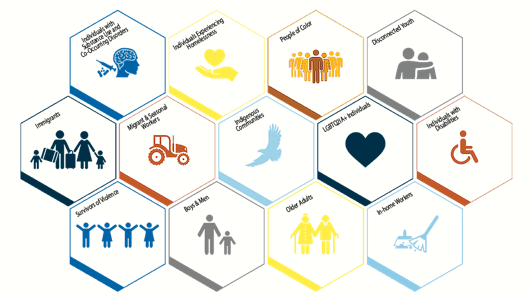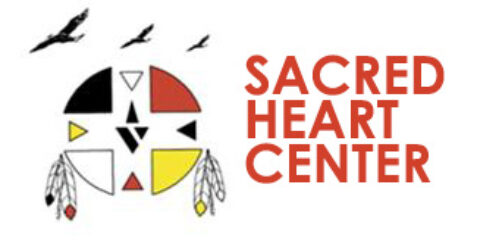Sex Trafficking:
Sex Trafficking Definition:
The recruitment, harboring, transportation, provision, obtaining, patronizing, or soliciting of a person for the purpose of a sex act that involves the use of force, fraud, or coercion to compel someone to perform sexual acts for money or something of value.
People may be vulnerable to trafficking if they:
- Have an unstable living situation.
- Have previously experienced other forms of violence such as sexual abuse or domestic violence.
- Have run away or are involved in the juvenile justice or child welfare system.
- Are undocumented immigrants.
- Are facing poverty or economic need.
- Have a caregiver or family member who has a substance use issue.
- Are addicted to drugs or alcohol.
Indicators of Sex Trafficking:
There are a variety of warning signs (red flags/indicators) of trafficking. Increasing awareness of these indicators can help you or others you know from experiencing trafficking or seeking help. The below listed indicators are not a catch all description and may be unique to everyone. Additionally, if indicators are observed, it could indicate you are experiencing trafficking or that you may need to re-assess the situation.
- Observed as overly fearful, submissive, tense, or paranoid.
- A person is deferring to another person before giving information.
- Person has physical injuries or branding such as name tattoos on face or chest, tattoos about money and sex, or pimp phrases.
- Clothing is inappropriately sexual or inappropriate for the weather.
- Minor is unaccompanied at night or falters in explaining who they are with and what they are doing.
- Identification documents are held by another.
- Person works long or excessive hours or is always available “on demand.”
- Overly sexual for age or situation.
- Multiple phones or social media accounts.
- Signs of unusual wealth without explanation—new jewelry, shoes, phones without any known form of income.
- A person lives in a “massage” business or is not free to come and go.
Sex traffickers can be anyone, there is no certain “look” to who they are.
- They could be your neighbor, relative, boyfriend/girlfriend, or significant other.
- They may pose as employers or business owners.
- They may be part of organized crime.
At Risk populations:
While anyone can be affected by trafficking, including both U.S. citizens and foreign nationals, there are some populations at a higher risk that you may encounter in your work. Factors that lead to a disproportionate risk of trafficking include:
- History of abuse and neglect
- Social disconnection
- Social stigma and exclusion.
By understanding how social determinants of health are connected to populations at the highest risk, you can better identify and respond to those affected by and at risk of trafficking. Examples of populations that may be more likely to experience these circumstances and be at greater risk of trafficking include:

Sacred Heart Center Advocates may assist Sex Trafficking victims by providing information, referral services, counseling services, assistance with crime victims compensation act, emergency shelter, and medical/legal advocacy.
It is against federal and state law to recruit, harbor, transport, provide or obtain a person using force, fraud, or coercion to engage in prostitution, pornography, exotic dancing, or other forced labor.
